



What is the impact of motherhood
in your work?
Be able to relearn, relocate and redefine myself. Be able to bridge the gap and connect the dots between lost and found. Navigating through and finding a purpose in between roles
and identities.
Ching Ching Cheng
Julie Bena

Anna and the Jester function as one and the same person. Sometimes I wonder if Anna is the Jester, and the Jester is Anna, and if I’m the Jester, then who is Anna? Am I finally Anna? Anyway, I felt my story with Anna was not finished.
The songs and poems I wrote for this project were constantly coming back in my head, particularly the ones involving some of the wax babies on display at the anatomical museum in the Palazzo Poggi in Bologna. When I started to work on Anna and the wax fetuses, I was in my last month of pregnancy.
The questions and fears relating to this “arrival”
materialized with them in a way.
And instead of being afraid of the fetuses, no doubt stillborn, with just one eye, without legs, or as doubles, well I started to write about them, for them, as if I could give
them a voice, thus becoming characters.
It was also a way for me to think about “What is the norm?”
Of course, I’m not calling into question medical progress with its ultrasound scans and amniocentesis, but I asked myself, what is the choice and is there one? And what is the norm? And would there not also be a link with the normalization, of the bodies, sexualities, cultures, etc.? What is non-standard? Abnormal? Present-day society creates certain conditions within which people need to be perfect, optimum in order to face up to environments, tasks, and situations. I have the impression that people with disabilities, old people, toddlers, and the poor have no place in this society. They are pushed out, to the edges.
We do not wait for them, we do not want them in our space, and nothing is done for them. This is reflected in the absence of elevators in the subway, sidewalks that are too high, the almost systematic absence of access ramps, and the lack of baby changing tables, not to mention the disappearance of benches in public spaces and of fountains in Paris as part of a policy targeting the homeless and migrants, but which also affects the rest of the population Death and disease also became peripheral, outsourced and externalized. In our quest for individual freedom, we find ourselves alone: alone with our children, alone
with our insecurity, alone with our old age.
Catherine Biocca
Sofia Córdova

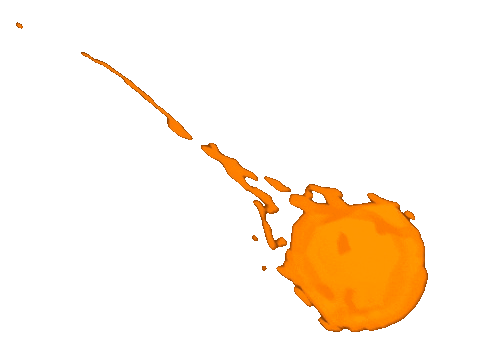
I don’t think I fully knew what it was to germinate a seed before. To open, fully open. Open body. Open. Open thought. Not to speak of heart which some days feels too open. There is little room for irony or cynicism in the work now which I struggle with. I want to be cool and detached but, who am I kidding? I Never was. Making a body inside mine has shown me there is nowhere to hide. From self, from the eyes of this person.
I think about gender more deeply now. If I was queer, if i was feminist before, how do those things live in me within this new terrain ? Where both baby and I are gendered in ways we didn’t and don’t agree with. Where our biological sex signatures are read as oppositional.
A strange kind of re-adolescence or migration to this country.
The work and I miss when the hours were our own. Struggle with self and time is a daily thing. And yet, beholding someone becoming is a marvel. My ties to others have become more important than the work as the force that drives the work to exist in the first place. I am grateful for that.
Motherhood is the next level - it's like super saiyan mode on, and here is a small excursus: A Super Saiyan is a Saiyan that has gone beyond their limits through training.
The Super Saiyan transformation yields a 50x increase in power with each level. Any saiyan with enough power can transform with sufficient emotional need (usually the pain of loss).
Should be publicly supported with
a monthly paycheck. I hope by the time my girls are grown this projection will be normality.
Julie Grosche


I never felt discriminated against for being a woman until BOOM: I became a mother.
Suddenly I understood what it was to be a woman.
I tried to hold on so hard onto the previous version of me; the mobile one, the fluid one, the nomadic one - geographically and psychically. I was now talking from the archaic fantasy of the meek mother, from a place of stillness and no one could hear me. My only ally, my work, became a channel for emancipation. Instead of trying to be seen, I tried to stay alive through it. My work changed drastically,
it became my self-care routine. From a touch of makeup to a deep massage. From a superficial filtering of the world to an existential undertaking. Raw, empathetic and generous. Love
Wednesday Kim
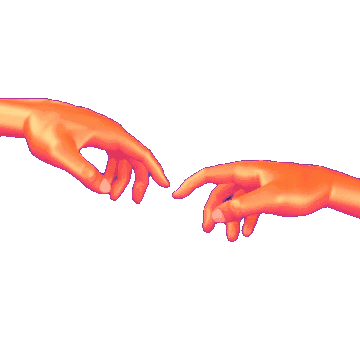
Is motherhood an unpopular or unusual choice in the art community?
I never had an interest in motherhood before I became a mom. I struggled with postpartum depression. Restless days began. Felt so hopeless—feelings of worthlessness, shame, and guilt. I started having panic attacks Many times I blamed my daughter for me getting far away from art scenes. I felt like nothing was left but my hands full with the new baby with a feeling of guilt. Nothing functioned like what I used to be.
I didn’t have any friends who are mothers and artists, so it was hard to share my experiences.
Struggled and feel lost between motherhood and art. Being a parent is challenging, but I also find joy in being a mother. I wanted to find people who have had similar experiences of balancing motherhood and art.
And surprisingly, I finally realized that some of the artists I admire are also moms. Since motherhood is stigmatized or artists find it difficult to ‘have-it-all,’ it can be obvious who has children. I was happy to find out that digital and new media artists also balance their practice with childcare. I find myself inspired by the work they make even after they have had children. Then, this complicated and struggling situation became a valuable time.
I wanted to curate "The Rise of the Care Machines" exhibition to break down the stereotypes and assumptions about so-called "mother-artists." Many artists who are also mothers are stereotyped as working exclusively in traditional media, or that all artists give up once they become mothers. This exhibition proves both of those stereotypes are false, and are damaging to artists who are trying to do both.
Monika Horcicova
Since my son was born, the topics of pregnancy, breastfeeding and motherhood have been reflected in my artwork. I always thought in front of my child that I would definitely not do this :-) But becoming a mother changed me and it was suddenly the most important role and so it had to be reflected in my artwork.
I also fully realized that doing any form of art is very important to me, I prefer to sacrifice sleep so that I can work on my own for at least a while. Of course, I'm chasing less than I would like, I've started a lot of things and I can't go back to them in my mother's dismay and even catch up with them.
Rory Scott


The impact of motherhood upon my work is all encompassing. Because time is so limited, I make use of the smallest chunks of time to create. 15 minutes here, 30 minutes there can add up to something that I am trying to accomplish. Whereas in the past
I wouldn’t even approach working on something unless I had a block of time set aside.
Motherhood is also the reason why
I continue to make art as I do. I want to show not just tell my children that they can pursue what they are passionate about.
I want them to see all aspects of what it means to attempt to reach your goals. How to navigate the pain of commitment, the times of doubt & perceived obstacles & failures, in order to see something worthwhile to fruition.
Flavia Visconte
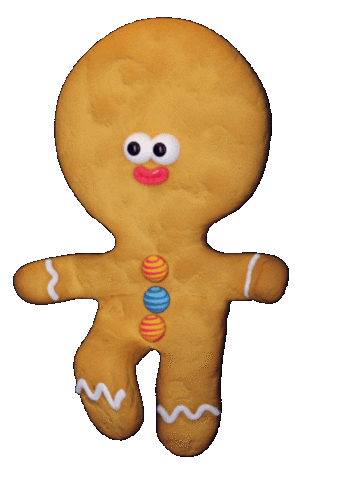
Terms and conditions on childbearing
Action of care, of doubt, of extreme vulnerability.
It is not a secure connection. Alert.
But it is permanent, it suffers disconnections
but never turns off.
Time and body.
At first, free-demand tracking machines.
Time becomes an unfathomable measure.
An area of conflict, a permanent dispute.
Time becomes a concept, a definition of past lives.
And the time to dedicate to art? An abstraction.
Concrete are ideas never materialized, because the material
seeks a space, which it does not find.
I became aware of my own body.
Until this moment I was completely oblivious.
A body can be its own and someone else's.
From one body another can come out.
One body can feed another.
The presence of one body can calm another.
A body can change shape and return to its original state.
A body is flexible.
A body is soft.
A body is liquid.
A body is shared.
The body and its manipulation.
The inner parts of the body.
There are other bodies that make decisions about other bodies.
There are bodies that extract bodies.
And there is a body for which another body is essential.
There are exhausted bodies.
There are bodies that work like machines.
There are machines designed to be bodies.
Faith Holland
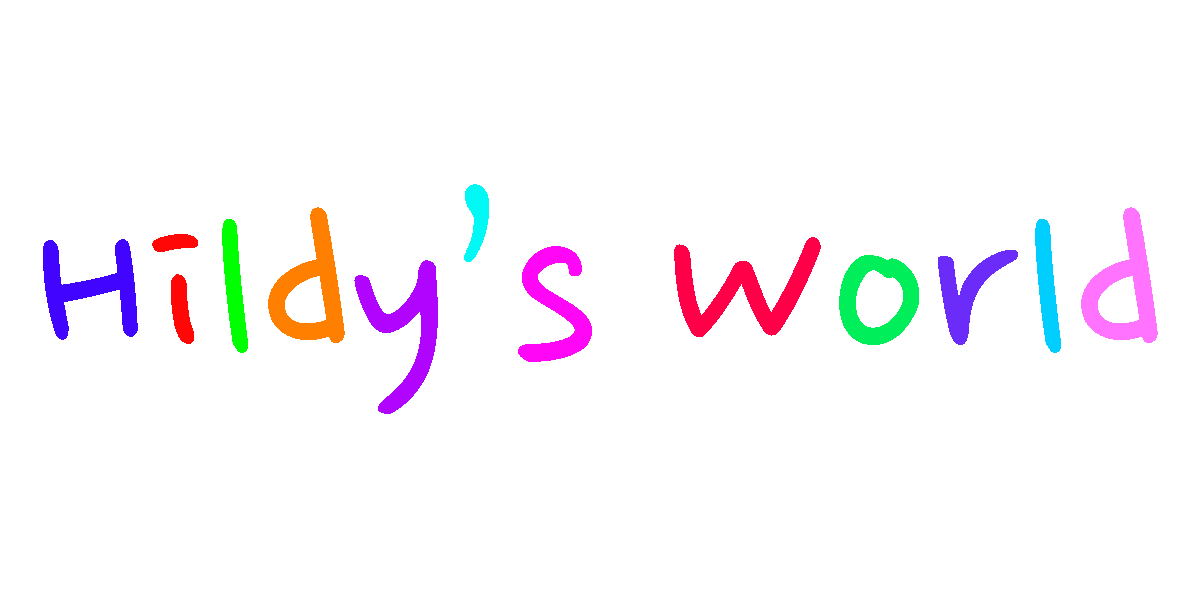
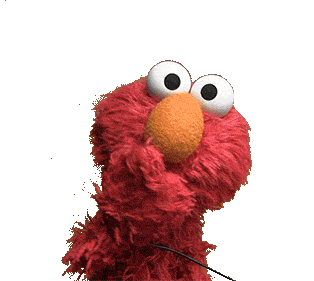
On Collaborating with Hildy
I didn’t know, when I was pregnant or after my daughter was born, that I would want to collaborate with her.
In fact, I intended to persist as an artist almost in defiance of being a mother: this cannot stop me and it will not change me (as an artist). I finished a NSFW series of GIFs I began while I was pregnant alongside a series of plushies. The plushies, I worried, could suggest I was going soft. Stuffed animals, toys? But alongside a series of dick pics, Hard/Soft may have read as soft, but it did not read as baby-work. Nonetheless, as I was installing and exhibiting the work, my daughter Hildy was there.
I breastfeed in the TRANSFER booth at the 2020 Spring/Break Art Show New York and became nearly notorious for pumping breastmilk
in the women’s bathroom.
Performing new motherhood in public was
much more exposing than the work.
Ultimately it was Hildy who decided she wanted to work with me. Bored by having to work the booth at an art fair, she began to engage with the work. She grabbed the plushie wires, crawled, and writhed around with them.
To me the reference was immediately clear: Carolee Schneemann’s Up to and Including Her Limits. When the work had to adapt and go online after lockdown, I looked to Hildy, in addition to a group of other more veteran artists, to collaborate again. She got the same brief as the other artists I asked to make work that engaged with my soft sculptures: make a video performance with the sculptures. So I gave her the materials
Hildy closed the laptop and I lost my train of thought. “Mommy done,” she said. What was I saying?
Well, perhaps what I was saying was precisely this: working around a toddler is fragmentary and distracted.
Her activity, on the other hand, is intense and concentrated. So it seems to me, as they might say in Looney Toons, “If you can’t beat them, join them.”
Hildy’s artistic output has been much greater than my own during this second lockdown. While I’ve struggled to make a test sculpture and a video that didn’t really go anywhere, she has made dozens of drawings and maybe another dozen installations. She has experimented with new materials and techniques: crayons, colored pencils, markers, toys, mommy’s things, water, and food.
(I, too, have been experimenting with food, is that perhaps inspired by her?) And so, to keep up with her,
I set off documenting all her artistic output. To begin, this was my contribution to our collaboration: recognizing the work she had done as art, framing it, and capturing it digitally. For Rise of the Care Machines, I have added my own interventions, conceiving Hildy’s output as a body of work and recontextualizing the work for the web,
with her careful consultations.
“And now,” as Elmo likes to say, “let’s ask a baby! Baby, what do you think about making art with mommy?”
Dy c0l ookbv
[lswe28l l
“Hahaha,” I imagine Elmo replying. “Thank you, baby!”